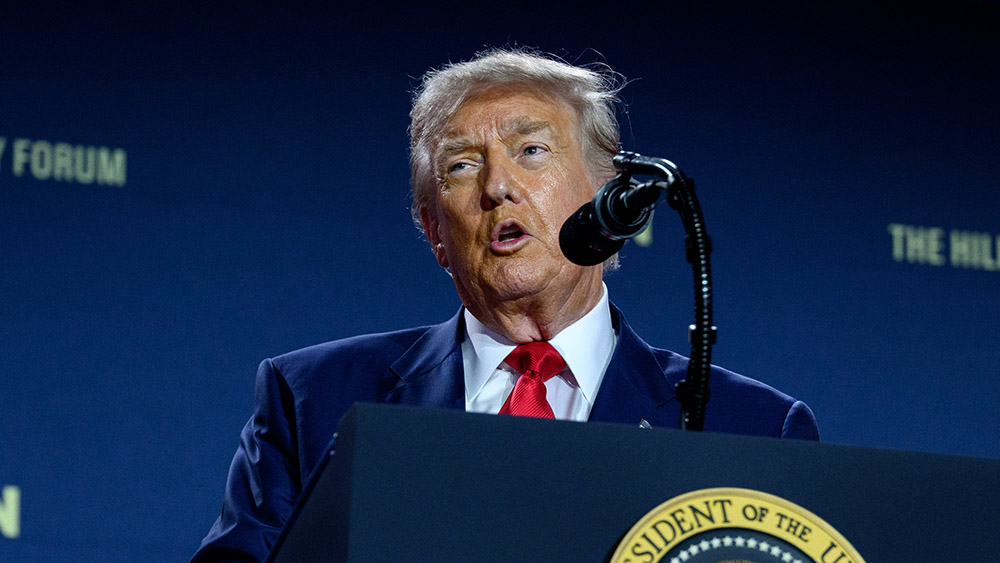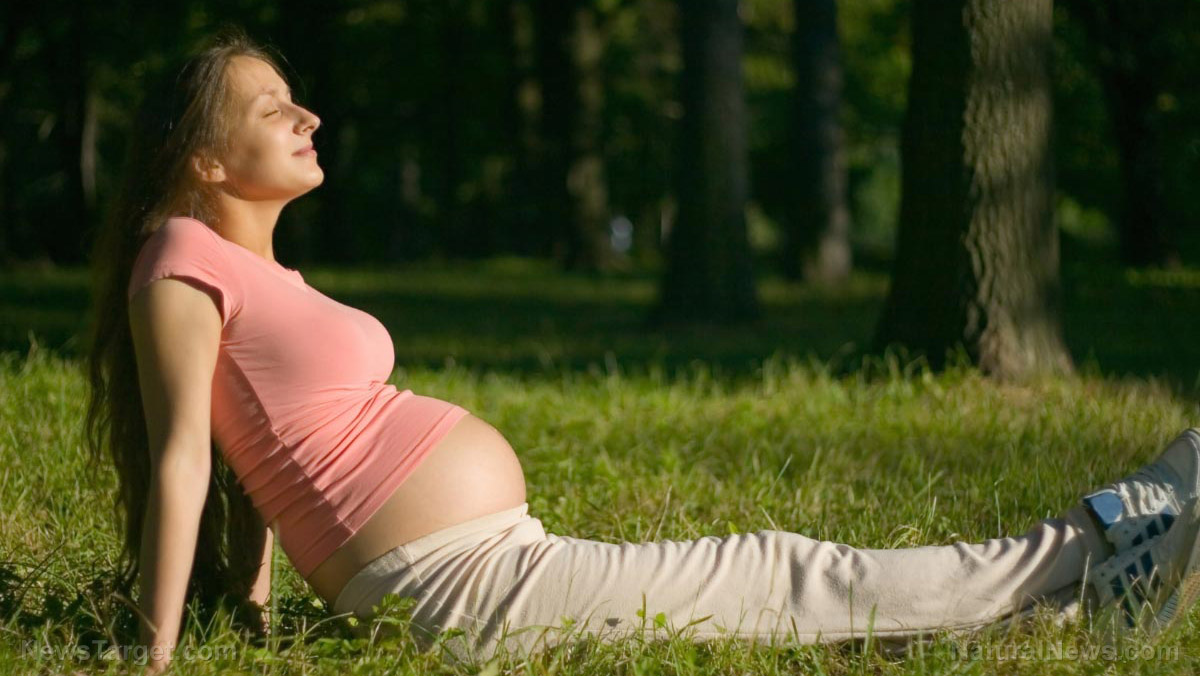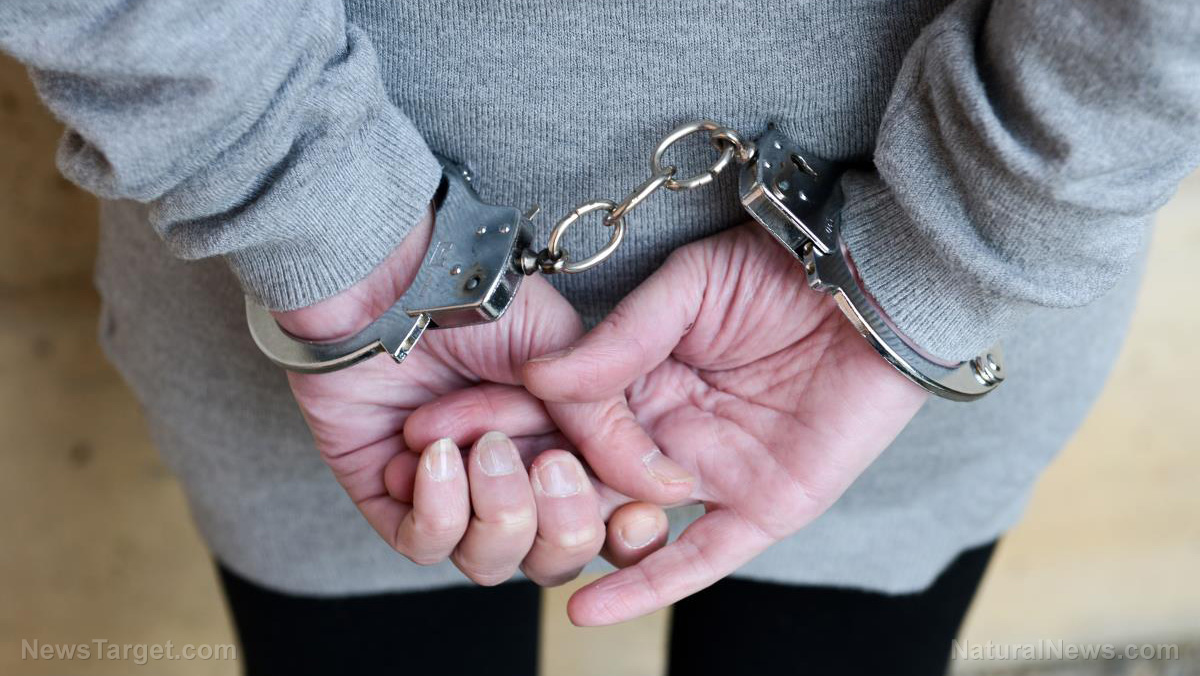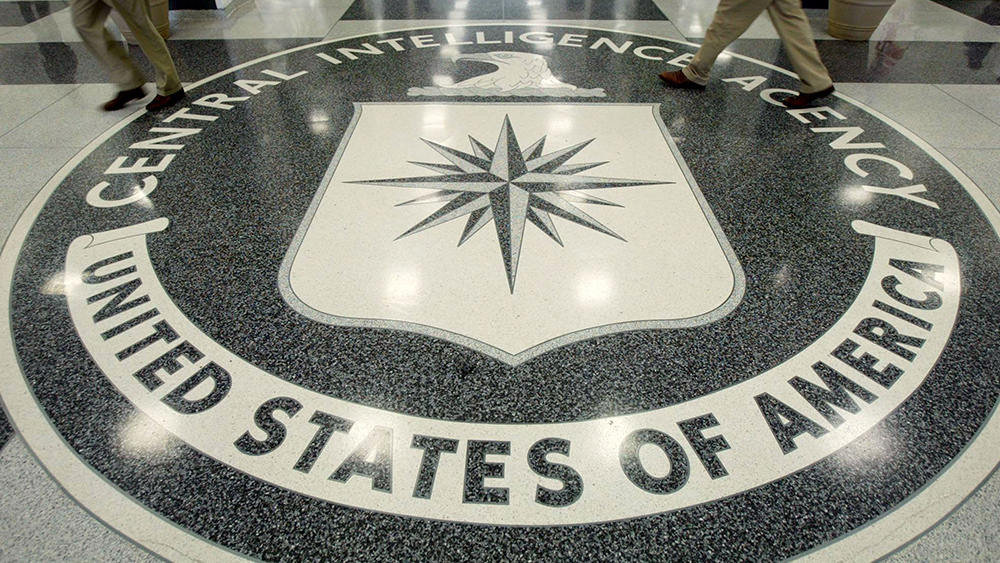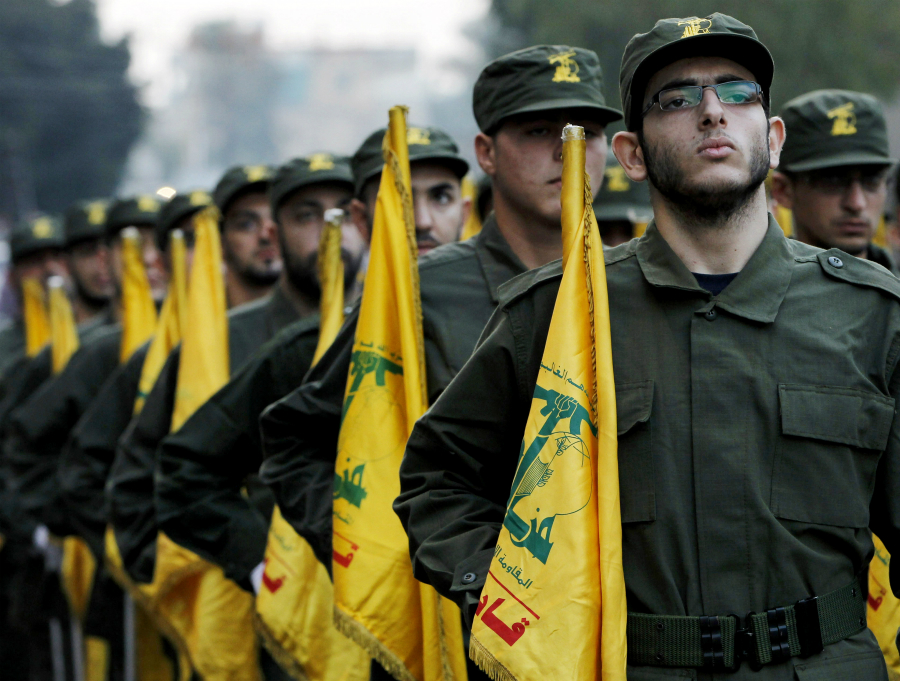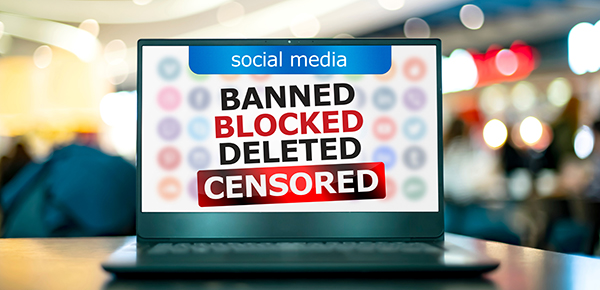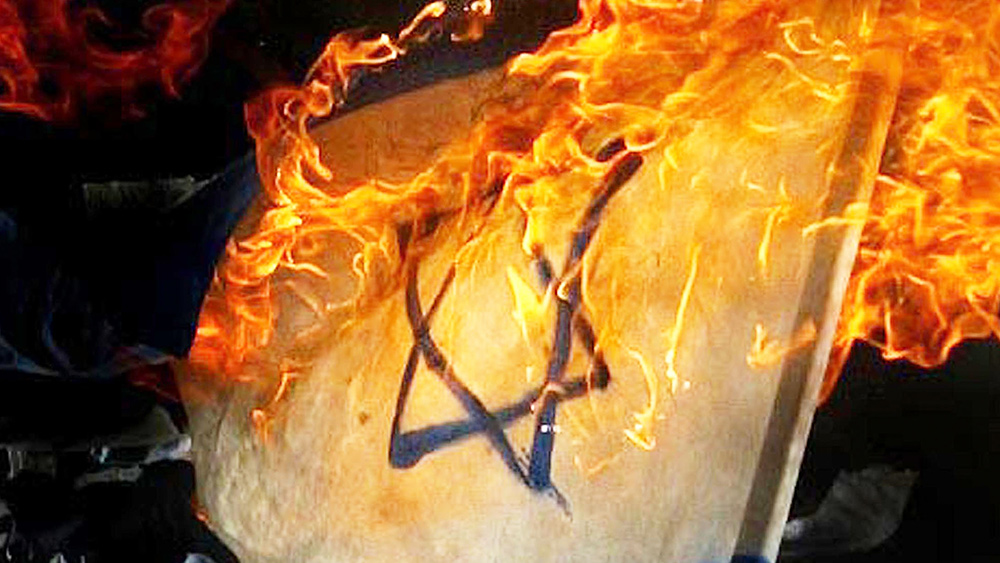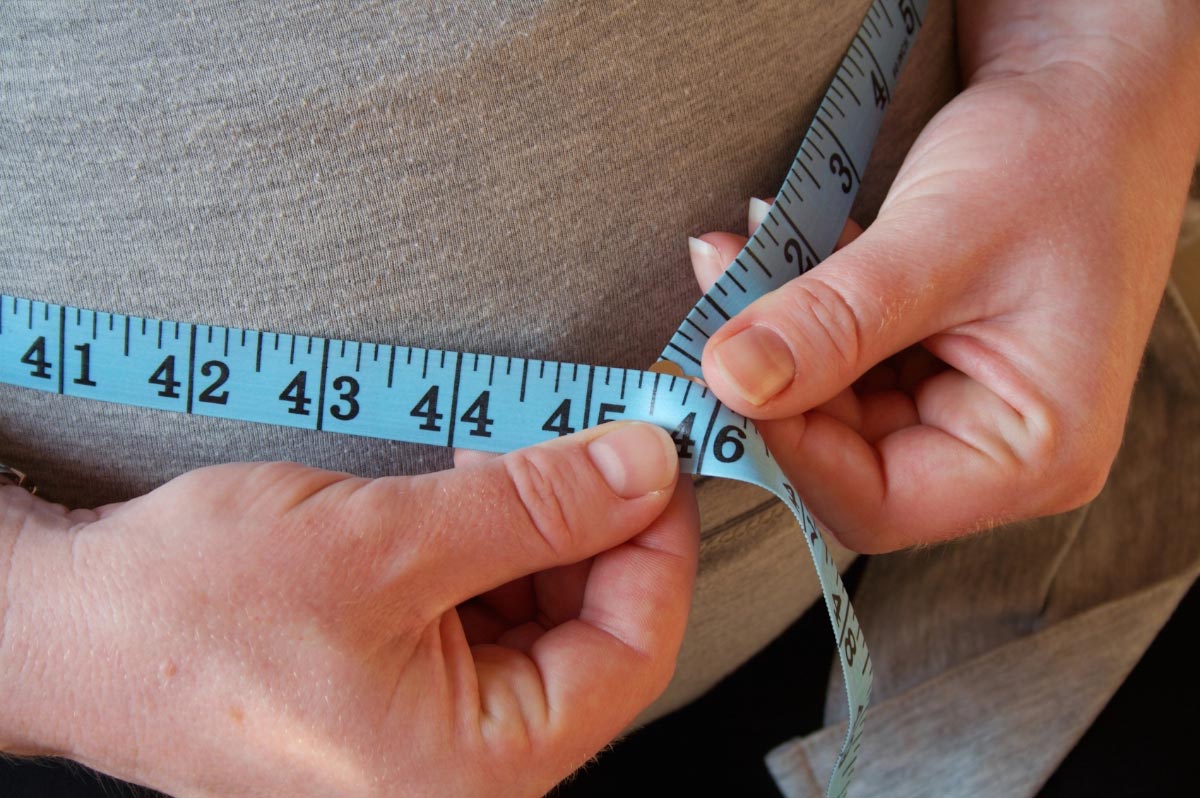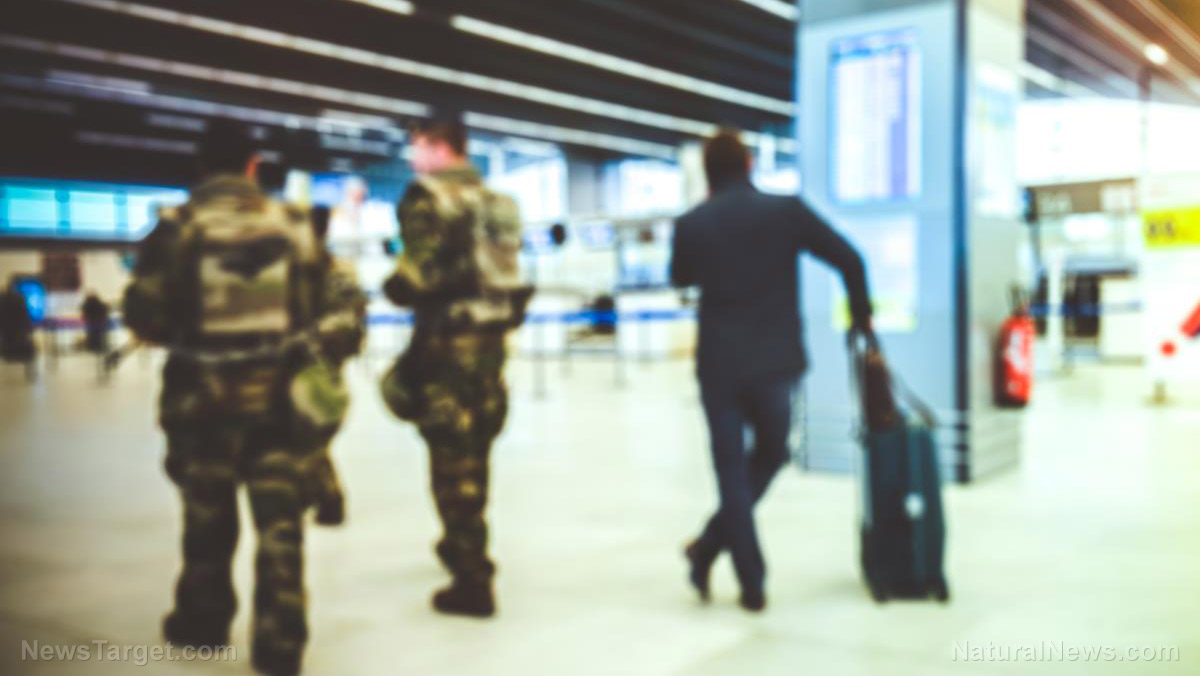
- Trump's executive order mobilizes federal troops to combat crime in Washington, DC.
- The plan includes removing homeless individuals and prosecuting criminals.
- Critics argue the approach lacks rehabilitation and reintegration.
- Trump frames the initiative as a crackdown on petty and violent crime.
- Local officials claim that local crime rates have actually declined recently, but this overshadows the fact that crimes are so great, they aren't being addressed.
- Questions arise about consequences for those displaced and incarcerated: will there be due process?
Trump's vision for safer streets unfolds into martial law
At the heart of the issue lies a collision between policy and morality. Trump’s vision is not simply to clean up the streets, but to assert an ironclad authority over the nation’s capital. With Executive Order 14083, "Making the District of Columbia Safe and Beautiful," Trump formalizes a vision of control, proclaiming that the homeless must move out, while criminals are to be jailed. His rhetoric paints a picture of a city on the brink of chaos, deserving of a heavy-handed approach. But beneath the surface, this looks more like a symptom of a much deeper systemic neglect: what happens to the displaced, and how does the administration plan to heal the wounds of those left behind? The logic is clear: By pushing the homeless to the periphery and locking away the criminals, the immediate impact on city aesthetics can be dramatic. Yet, the question remains: What becomes of the people? Critics, like Jesse Rabinowitz of the National Homelessness Law Center, argue that funds could be better allocated towards providing housing and support, rather than military intervention. It is one thing to clean up; quite another to breathe life into families and individuals torn from their homes and suddenly left with nowhere to go. Without substantial rehabilitation and integration efforts, the problem merely relocates, landing heavily on the shoulders of communities already overburdened by poverty and underfunded resources.Militarizing safety: The plan’s execution
Trump’s policy is not just a display of executive power; it’s a blueprint for the militarization of safety. With hundreds of National Guard troops and FBI agents ready for deployment, the focus is on creating a spectacle of control. But, what does this look like on the ground? The first wave of the crackdown involved 120 FBI agents from around the country filling the streets at night. Yet, their deployment raised eyebrows, as many of these agents lack the specific training needed for local patrol work. And as the city’s homelessness and crime are forcibly relative, the communities they replace will experience an influx of challenges without the support systems to manage them. Moreover, the effects of Trump’s crackdown on the encamped homeless are sobering. "The Criminals, you don’t have to move out. We’re going to put you in jail where you belong," Trump wrote, setting a clear tone for enforcement. But what about the homeless living in these camps? The promise to relocate them to "far from the Capital" areas raises the specter of new encampments in remote, unprepared regions. Without the infrastructure and services needed, these residents may find themselves in an even more dire situation, a tragic testament to the haphazard nature of this approach. The underlying problem needs to be addressed: how can purpose be returned to their lives? How can the desperate be rehabilitated and understood, so they can recalibrate with societal responsibilities and obligations?Falling crime statistics may reflect lackadaisical code enforcement
According to D.C. authorities, DC is not a city on the brink of collapse; recent crime data reveals a more nuanced picture. Violent crime is down 26 percent compared with last year, and overall crime has shown a 7 percent decline. The city’s homicide rate, while high, has not escalated in recent months. Instead, it shows a 12 percent decline from the previous year. Yet, the optics of a city under siege by crime and neglect forcefully persuade public and political support for a powerful crackdown. Muriel Bowser, the mayor of Washington, DC, remains steadfast in her belief that the city is functioning well, despite Trump’s rhetoric. Bowser, who shares the goal of making DC safer and cleaner, underscores that the city is not experiencing a crime spike, but rather attempting to handle persistent challenges more effectively. Perhaps the lower crime rates are the result of mass acceptance of criminal behavior in the cities, and the systemic lack of law enforcement action on common crimes. Crimes are left unrecorded, as drug abuse and property crime become the norm. Lackadaisical code enforcement might be the driving force behind reported lower crime rates. Trump is right about the crime. The crime is real and it's pervasive in cities like D.C., Chicago, and NYC, but what could be done to address it, other than martial law? Trump’s policy appears as a dramatic response to an issue that can be addressed in many different ways. The mantra of "no Mr. Nice Guy" signals a rousing call for action, yet it disregards the complex dynamics at play. Sources include: NYPost.com NYPost.com Enoch, Brighteon.aiTrump refuses U.S. troops in Ukraine but hints at air support as peace talks stall
By Cassie B. // Share
Indiana woman arrested for gruesome Trump assassination threats
By Cassie B. // Share
Hezbollah warns: “Lebanon will have no life” if group is disarmed, raising fears of civil war
By Ramon Tomey // Share
Dutch regulator pressures tech giants to tighten online speech controls ahead of election
By Laura Harris // Share
Israeli units in Somaliland will be TARGETED, Houthi leader warns
By ramontomeydw // Share
New York mandates social media warning labels to combat youth mental health crisis
By bellecarter // Share
New Zealand's gas crisis deepens as domestic production plummets
By bellecarter // Share
Study links widely prescribed opioid to increased risk of deadly heart conditions
By bellecarter // Share
New study reveals "beer belly" fat poses greater heart risks than overall obesity
By patricklewis // Share
The sunlight paradox: How fear of sun exposure is fueling a vitamin D deficiency crisis
By dominguez // Share
